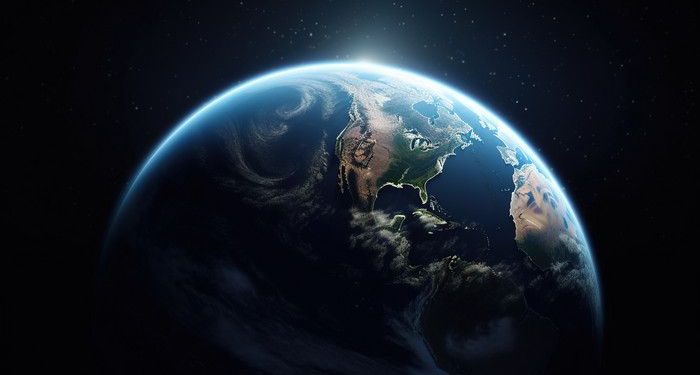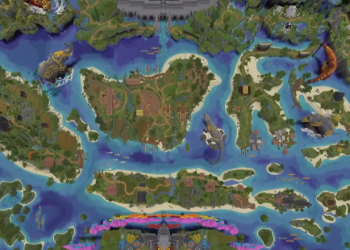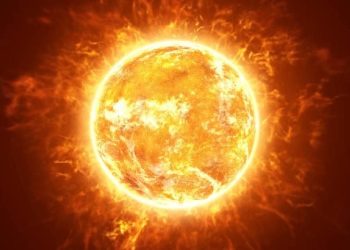Jakarta, Indonesia Sentinel — Earth rotation is expected to spin slightly faster during July and August 2025, making days a fraction of a second shorter, according to scientists tracking planetary motion.
The seasonal uptick in rotational speed isn’t unprecedented, but the exact cause behind recent accelerations remains unclear. Earth rotation rate has varied dramatically over geological time, with past solar years ranging from 490 to 372 days depending on how many rotations occurred during an orbit around the Sun.
According to IFL Science, factors such as ocean surface shifts and internal mass redistribution influence rotational speed. However, the most significant contributor to long-term slowing is the Moon’s gradual drift away from Earth, which increases the length of a day by approximately 1.8 milliseconds per century.
In recent years, atomic clocks have allowed scientists to measure day lengths with extraordinary precision. Historically, “leap seconds” have been added to compensate for Earth’s gradual slowdown, ensuring synchronization with systems like GPS.
But since 2020, that trend has reversed. The planet began spinning faster, with 28 of the shortest days on record logged that year. The current record for the shortest day, measured at 1.66 milliseconds less than the standard 86,400 seconds, was set in 2024. Scientists now forecast similar record-breaking short days in mid-2025.
According to data from the International Earth Rotation and Reference Systems Service (IERS) and the U.S. Naval Observatory, several days in July and August 2025 are expected to be slightly shorter than usual by up to 1.5 milliseconds. July 22 is projected to be 1.38 milliseconds shorter, while August 5 could see a reduction of 1.5 milliseconds.
Read Also:
While the Moon is widely known for gradually slowing Earth’s rotation over the long term, researchers note it can also contribute to short-term acceleration. When the Moon is positioned closer to Earth’s equator, its gravitational pull intensifies, subtly altering rotational dynamics.
The shortest days forecasted for this summer coincide with the Moon being at its farthest distance from the equator, reducing drag and allowing the Earth to spin just a bit faster.
Although astronomers can calculate and predict these variations, the underlying trend remains puzzling. Since 1972, a total of 27 leap seconds have been added to atomic clocks to correct for Earth’s slowing spin. But since 2016, no leap seconds have been required, and IERS has confirmed that none will be added in June 2025 either.
Exactly why Earth rotational slowdown appears to be reversing in recent years continues to baffle scientists.
(Raidi/Agung)

























